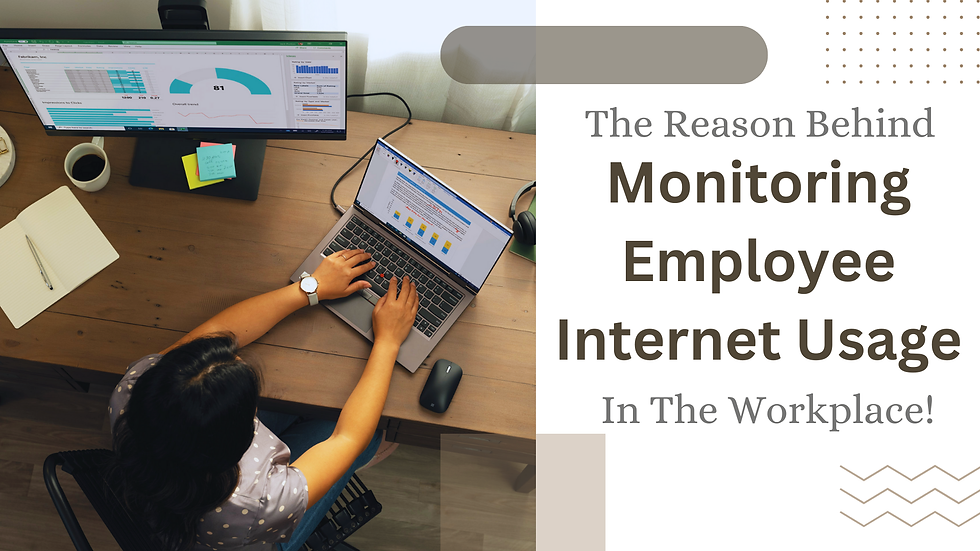Exploring The Top N Ways Of Working
- Lillie Koch
- Sep 13, 2024
- 4 min read
In today's rapidly evolving business landscape, organizations continuously seek innovative approaches to enhance productivity and adapt to changing market demands. The "ways of working" concept encompasses strategies and methodologies to optimize workplace efficiency, collaboration, and effectiveness.
They must explore various working methods to find the best fit for their unique needs as companies strive to stay competitive. This exploration involves implementing new technologies, enhancing flexible work environments, and fostering a culture that supports diverse working styles.
By understanding and integrating different working methods, organizations can create a dynamic and resilient workforce capable of thriving in an ever-changing world. This article delves into why adopting several working methods is essential for modern businesses and highlights some of the most effective strategies.
Why Is It Essential To Adopt Several Working Ways In An Organization?
Adapting To Diverse Needs
One of the primary reasons for adopting various working methods in an organization is to accommodate the diverse needs of employees. Individuals come with different backgrounds, work styles, and preferences in today's workforce. Some may thrive in a traditional office environment, while others may perform better with remote or hybrid arrangements. By offering a range of working options, organizations can cater to these varying needs, leading to increased employee satisfaction and retention. Leading to increased employee satisfaction and retention by offering a range of working options, organizations can cater to these varying needs.
Enhancing Collaboration And Innovation
Another critical advantage of embracing multiple working methods is its boost to collaboration and innovation. Different work environments, such as co-working spaces and virtual collaboration tools, can foster diverse ways of thinking and problem-solving. For instance, face-to-face meetings might be ideal for brainstorming sessions, while digital platforms can facilitate seamless collaboration across different geographical locations.
Improving Business Agility
Adopting a variety of working ways also contributes to greater business agility. In a world where market conditions and technological advancements are constantly shifting, organizations must be able to pivot quickly. A flexible approach to working allows companies to adopt companies to adapt to changes more efficiently, whether it involves scaling operations up or down, integrating new technologies, or responding to emerging trends.
Some Top N Ways Of Working
Remote Work
Remote work has gained significant popularity in recent years, driven by technology advancements and the need for flexibility. This approach allows employees to work from locations outside the traditional office environment, often from home. Remote work offers several benefits, including reduced commuting time, work-life balance, and tap into a global talent pool. Organizations should invest in reliable communication tools and establish clear guidelines to ensure productivity and accountability to implement remote work effectively.
Hybrid Work Models
The hybrid work model combines elements of both remote and in-office work. Employees split their time between working from home and working and in-office work. Employees split their time between working from home and working on-site, allowing for a balance of flexibility and in-person collaboration. This approach can enhance employee satisfaction by providing flexibility while maintaining opportunities for face-to-face interactions. It is important to carefully plan hybrid models so that all employees have equal access to resources and opportunities, regardless of their location.
Agile Working
Agile working is a methodology that emphasizes flexibility, collaboration, and iterative progress. Initially developed for software development, agile principles have been adapted for broader use in various organizational contexts. Agile working involves breaking tasks into smaller, manageable chunks and using regular feedback to improve. This approach fosters a dynamic work environment where teams can quickly adapt to changes and deliver high-quality results.
Flexible Work Hours
Flexible work hours allow employees to choose their working hours within a defined range. This method helps accommodate individual preferences and personal commitments, such as childcare or health needs. Organizations can improve job satisfaction and productivity by allowing employees to set their schedules. Flexibility in work hours also enables companies to operate across different time zones and cater to a global clientele more effectively.
Co-Working Spaces
Co-working spaces offer shared work environments where individuals from different organizations can collaborate and network. These spaces provide a professional setting without the overhead costs of maintaining a dedicated office. Co-working spaces can be particularly beneficial for freelancers, startups, and small businesses seeking a flexible and cost-effective workspace. They also foster community and can lead to valuable connections and opportunities.
Results-Only Work Environment(ROWE)
A Results-Only Work Environment(ROWE) focuses on outcomes rather than the process or hours worked. Employers evaluate employees based on their performance and results rather than their presence in their office. This approach encourages autonomy and accountability, allowing employees to work in ways that best suit their productivity. ROWE can lead to higher engagement levels and motivation, as employees have the freedom to work in their preferred manner.
You can also watch: EmpMonitor | How To Implement Remote Worker Monitoring At Your Business?
Wrapping Up!!!
Exploring and adopting various ways of working is crucial for organizations aiming to stay competitive and effective in today's dynamic business environment. By understanding and implementing diverse working methods, companies can address the unique needs of their workforce, enhance collaboration, and improve agility. Embracing different working methods supports employee satisfaction and productivity and fosters a culture of innovation and adaptability. As businesses continue to navigate the complexities of modern work, the ability to leverage multiple working methods will be a factor in achieving long-term success and sustainability.







Comments